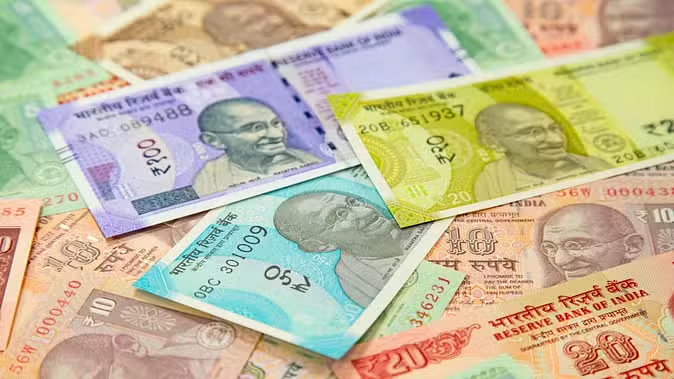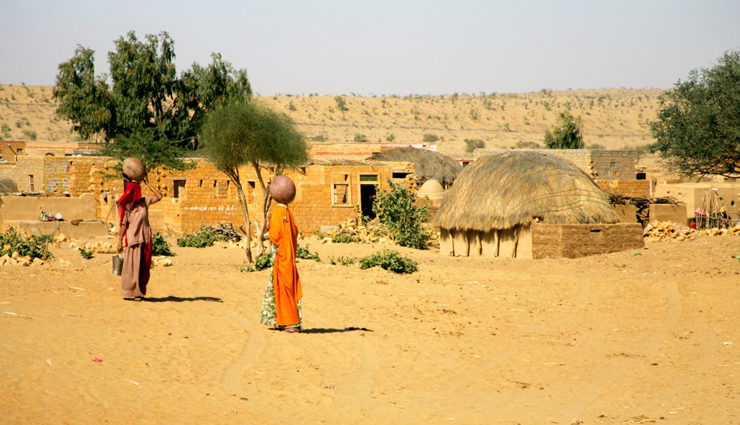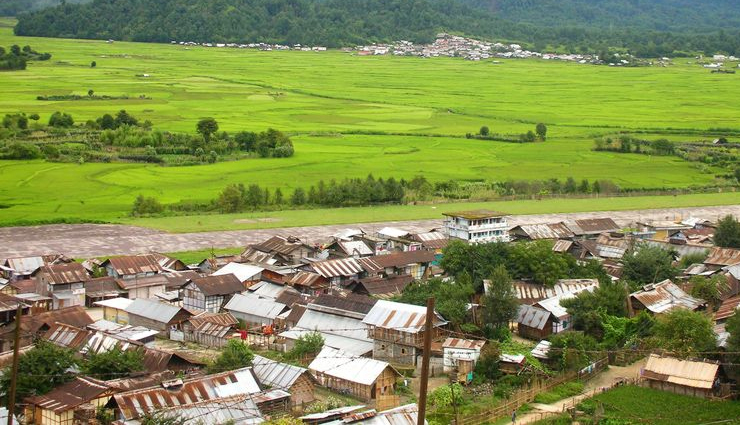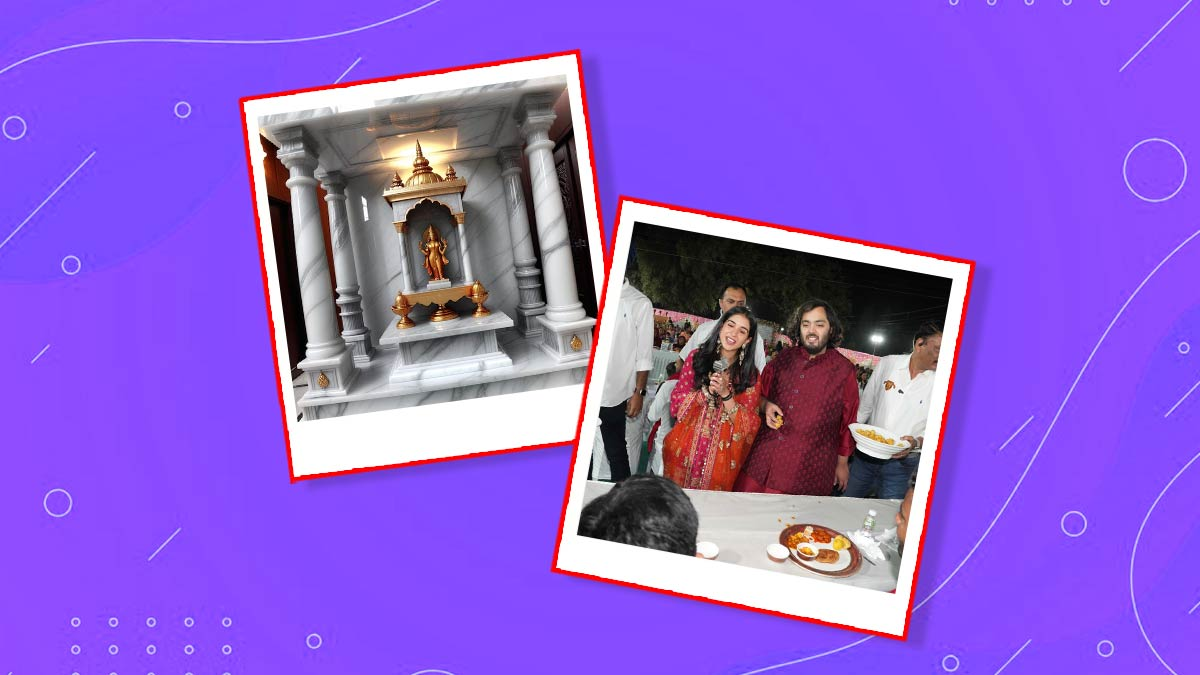New Delhi-based All India Institute of Medical Sciences (AIIMS) has recently achieved an important achievement. A team of doctors here performed successful dual kidney transplant surgery for the first time on a 51-year-old woman. He received this kidney from a 78-year-old female family member who tragically suffered a serious head injury after falling down the stairs and was declared brain dead.

Dual kidney transplantation (DKT) is a procedure where two kidneys are transplanted to the patient simultaneously. This surgery is especially beneficial for those patients who are on dialysis and facing kidney failure.
Who can become a donor of a dual kidney transplant?
In this procedure, kidneys from donors who are 60 years of age or older can be used, called expanded criteria donor (ECD) kidneys. To understand it in simple words, ECD means donors aged 60 or above or those donors above 50 who have had high blood pressure problems in the past, whose creatinine level is equal to or more than 1.5, or who died of stroke. It is done.
How did kidney transplants become possible even from an elderly donor?
Organs from brain-dead donors over the age of 65 are generally not accepted for transplant. However considering the shortage of organs in India, the AIIMS team decided to make the most of this particular case. According to a report in The Indian Express, Dr. Asuri Krishna of AIIMS said that when we take a kidney from a young donor, we usually use only one because even one kidney can sustain the patient's life. But in this case, the donor was 78 years old, so we decided to transplant both kidneys in the same patient. This procedure is quite rare and is usually done only for elderly donors. The functioning of organs decreases with age. Therefore, a kidney received from a young donor is more effective, but a kidney received from an elderly donor can also give life to the patient for 8-10 years.
How will dual kidney transplants from elderly donors help kidney patients?
Most patients in need of kidney transplants are above 50 years of age. However, due to a shortage of organs, they have to wait a long time for dialysis and kidney transplants. Dr. Asuri explains that dual kidney transplants will not only help in meeting the increasing demand for organs in India but will also make use of organs that usually get damaged. He says that this surgery has presented a great example of bridging the gap between supply and demand in the organ donation system by using organs from elderly donors.
How did this surgery happen?
In this operation, along with both the existing kidneys of the patient, two more new kidneys on his right side were transplanted. In this way, the patient had a total of four kidneys in his body. Dr. Asuri said that the biggest challenge was that due to the old age of the donor, both kidneys had to be transplanted on the right side of the patient. He said that one kidney from a donor is not enough for a patient dependent on dialysis. We first had to close the patient's main artery and vein to connect the first kidney and then transplant the second kidney below it. Therefore, it was decided to use both kidneys in the same patient.
Photo Credits: Google










